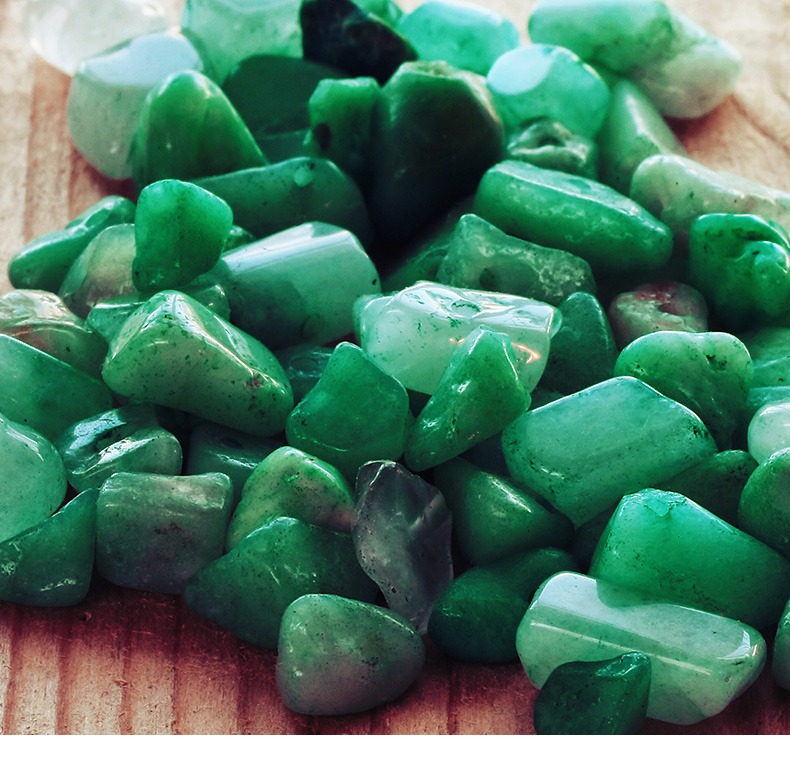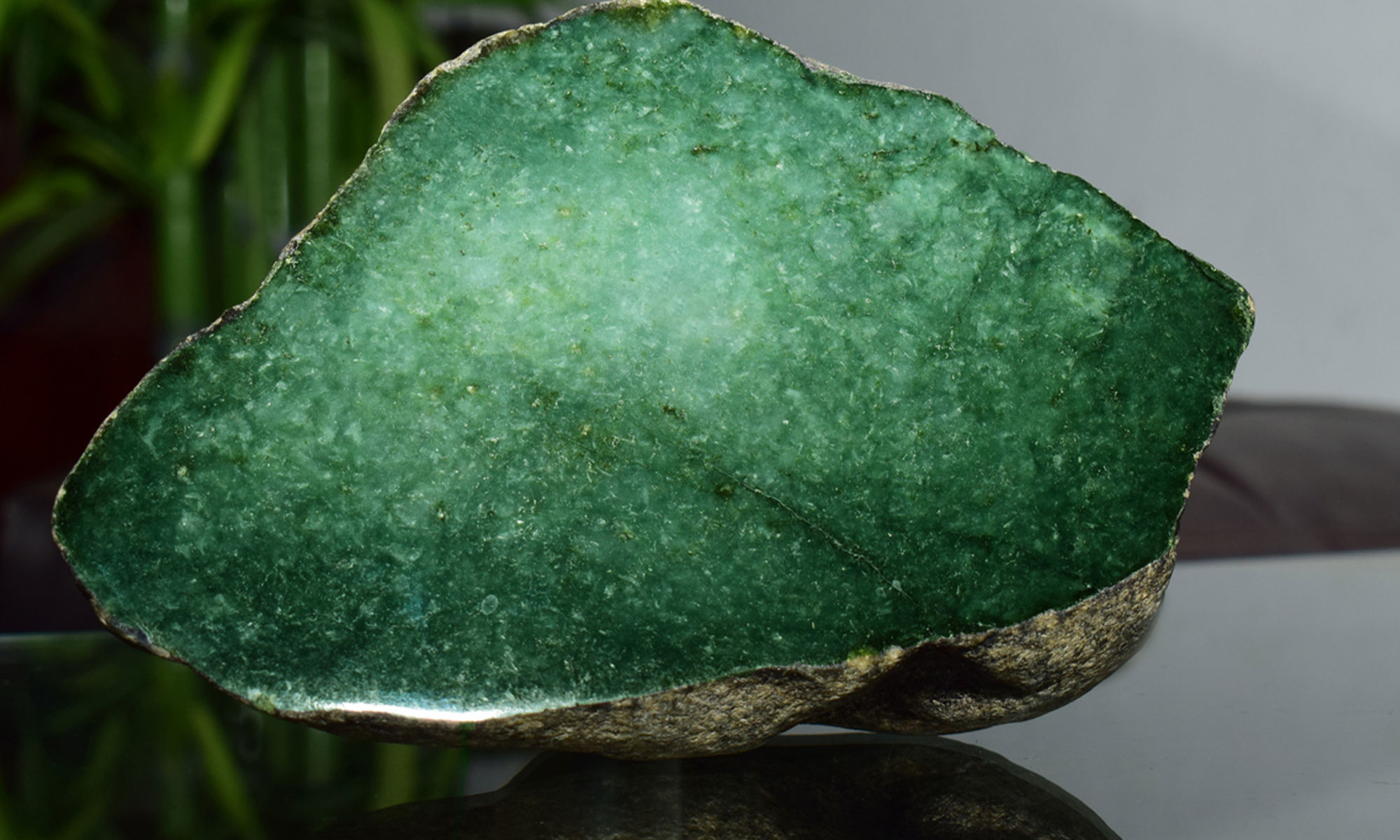So, you’ve heard the name Jade Pedri, and maybe you’re wondering what exactly it refers to. Is it a person, a gemstone, or something else entirely? Well, if you’re curious about jade—especially when it comes to the term “jade pedri”—you’ve come to the right place. Jade has been a symbol of beauty, virtue, and durability for thousands of years across many cultures, and “jade pedri” might be a unique way of referring to certain types of jade or its properties. In this post, we’ll dive into the meaning behind the term, explore the different kinds of jade, and uncover why this stone continues to capture the hearts of people around the world.
Jade, as you might already know, isn’t just one specific stone. It's actually an umbrella term for two different minerals—nephrite and jadeite—that have been used for everything from jewelry to ceremonial objects. Both types are known for their toughness, luster, and cultural significance, especially in East Asian and Mesoamerican traditions. Now, while the phrase “jade pedri” isn’t widely recognized in standard gemological terminology, it might be a creative or regional way to refer to jade stones or perhaps even a specific type of jadeite.
In this article, we’ll take a closer look at what “jade pedri” could mean, explore the different types of jade, and understand why this gemstone has remained so popular for so long. Whether you’re a jewelry lover, a history buff, or just someone who appreciates the beauty of natural stones, there’s something here for you. So, let’s get started!
Table of Contents
- Introduction
- What Is Jade Pedri?
- Different Types of Jade
- The History and Culture of Jade
- Jade in Modern Times
- How to Identify Real Jade
- Frequently Asked Questions
- Conclusion
What Is Jade Pedri?
Let’s start by clarifying what we mean by the term “jade pedri.” While it’s not a standard term in gemology or mineralogy, it’s possible that it refers to jade stones that are particularly rare, high-quality, or even a specific type of jadeite. The word “pedri” might be derived from the Indonesian or Malay word for stone, “batu pedri,” which translates to “precious stone.” So, “jade pedri” might simply be a way of referring to jade as a precious stone, especially in certain cultural or linguistic contexts.
Alternatively, it could be a misspelling or mispronunciation of a more familiar term. For example, “Pedri” might be a name, but it’s not commonly associated with jade in the way that, say, “imperial jade” is. Whatever the case, it’s worth exploring what jade is in general, and how it’s used, to better understand what someone might mean when they refer to “jade pedri.”
Different Types of Jade
There are two main types of jade: nephrite and jadeite. While both are referred to as jade, they’re chemically and structurally different. Let’s break them down:
Nephrite Jade
- One of the two minerals that fall under the jade umbrella
- Softer than jadeite but also tougher, meaning it’s more resistant to breaking
- Commonly found in shades of green, white, yellow, and black
- Has been used in tools, weapons, and ceremonial objects for thousands of years
Jadeite Jade
- The rarer and more valuable of the two jade types
- Harder than nephrite and can come in a wider range of colors, including green, lavender, orange, and red
- Highly prized in East Asia, especially in China and Myanmar
- “Imperial jade” refers to the finest quality jadeite
Both types are incredibly durable, which is one of the reasons they’ve been used for so many different purposes throughout history.
The History and Culture of Jade
Jade has been cherished for millennia across many different cultures. In China, jade is often referred to as the “stone of heaven” and is associated with virtue, purity, and immortality. The ancient Chinese philosopher Confucius even compared jade to virtue, noting that its brightness represents heaven.
In Mesoamerica, the Maya and Olmec civilizations used jade extensively in religious ceremonies and as offerings to the gods. Jade was often carved into intricate shapes and worn by nobility and priests as a symbol of power and spiritual connection.
In the British Isles, jade (or stones mistaken for jade) was used by early peoples for tools and weapons due to its toughness and ability to be polished and sharpened. Even today, jade continues to hold cultural and symbolic meaning in many parts of the world.
Jade in Modern Times
While jade is no longer used for tools or weapons, it remains a popular choice for jewelry and decorative items. Its vibrant colors and smooth texture make it a favorite among designers and collectors alike. Some of the most sought-after jade items today include jade bangles, pendants, and sculptures.
Imperial jade, which refers to the finest quality jadeite, is especially valuable and can command extremely high prices at auctions. In fact, some jade pieces have sold for millions of dollars, making jade one of the most expensive gemstones in the world.
If you're thinking about buying jade, it’s important to know how to tell the real stuff from the fakes. We’ll cover that next.
How to Identify Real Jade
Because jade is so valuable, there are a lot of fake or treated stones on the market. Here are a few tips to help you spot real jade:
- Check the hardness: Real jade is tough and won’t scratch easily. If you can scratch it with a metal object, it’s probably not real.
- Look at the texture: Genuine jade has a smooth, waxy feel and a slightly cold touch.
- Examine the color: Natural jade has a subtle, even color. If the green looks too bright or artificial, it might be dyed.
- Test the weight: Jade is denser than many other stones, so it should feel heavier than it looks.
- Buy from a reputable dealer: Always purchase jade from a trusted source who can provide certification.
Want to learn more about how jade is used today and what makes it so special? Learn more about jade on our site.
Frequently Asked Questions
What is jade pedri made of?
“Jade pedri” likely refers to jade, which is either nephrite or jadeite, both silicate minerals known for their toughness and beauty. The term “pedri” may be a regional or cultural variation referring to precious stones.
Is jade pedri valuable?
Depending on what “jade pedri” refers to, its value could vary. High-quality jadeite, especially imperial jade, is among the most expensive gemstones in the world. Nephrite is more common and less expensive, but still valuable.
How can I tell if my jade is real?
Real jade is tough, smooth to the touch, and has a natural, even color. You can test it by checking for scratches, feeling its temperature, and verifying its weight. Always buy from a reputable dealer for authenticity.
Conclusion
While the term “jade pedri” might not be a widely recognized term in the gemstone world, it opens the door to learning about jade in general. Whether it refers to jadeite, nephrite, or a specific type of jade, understanding this beautiful stone and its history is fascinating. From ancient cultures to modern jewelry, jade continues to be a symbol of elegance, strength, and tradition.
If you're curious about jade or thinking about adding a piece to your collection, now is a great time to start exploring. Learn more about jade and find out what makes this gemstone so special.



Detail Author:
- Name : Brent Lowe
- Username : orville.cole
- Email : rau.skyla@gmail.com
- Birthdate : 2000-05-31
- Address : 21521 Oberbrunner Pine Suite 161 South Tobinberg, NY 96417
- Phone : 208.747.6377
- Company : Williamson PLC
- Job : Chemical Equipment Tender
- Bio : Eos iste est est amet. Qui corporis magni expedita. Sit nulla dolore modi accusamus debitis et deleniti.
Socials
twitter:
- url : https://twitter.com/wilkinson1971
- username : wilkinson1971
- bio : Molestias rerum perspiciatis cum necessitatibus temporibus. Eligendi veniam voluptatem sit veniam. Et officiis enim perspiciatis dicta.
- followers : 3710
- following : 2865
facebook:
- url : https://facebook.com/wilkinson1999
- username : wilkinson1999
- bio : Dolor qui quia enim culpa.
- followers : 1892
- following : 1135

